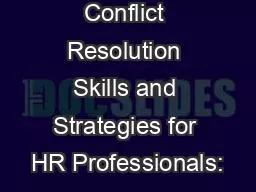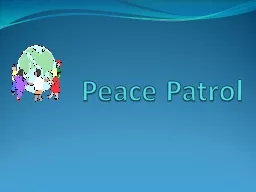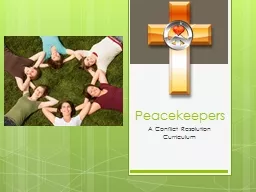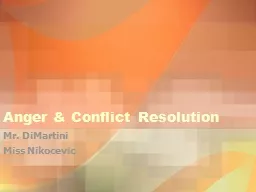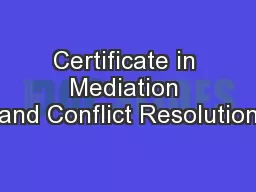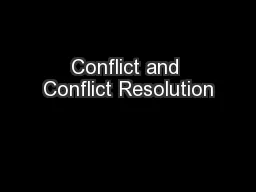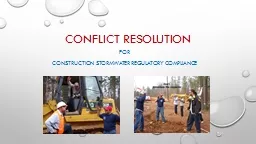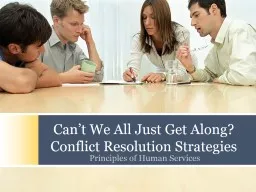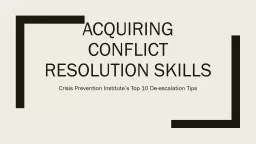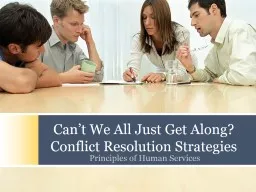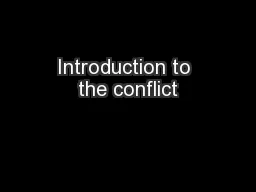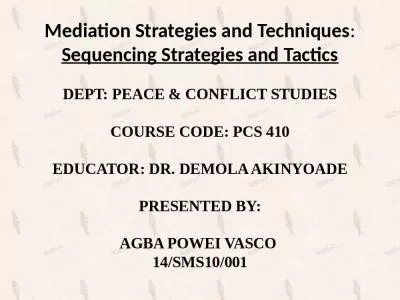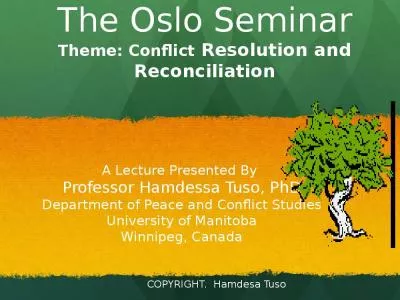PPT-Conflict Resolution Skills and Strategies for HR Professionals:
Author : inventco | Published Date : 2020-08-04
Opportunities for HR Leaders in Varied Roles Harry WebneBehrman UWMadison Office of Human Resources HR Communities of Practice Office 6082629934 Harrywebnebehrmanwiscedu
Presentation Embed Code
Download Presentation
Download Presentation The PPT/PDF document "Conflict Resolution Skills and Strategie..." is the property of its rightful owner. Permission is granted to download and print the materials on this website for personal, non-commercial use only, and to display it on your personal computer provided you do not modify the materials and that you retain all copyright notices contained in the materials. By downloading content from our website, you accept the terms of this agreement.
Conflict Resolution Skills and Strategies for HR Professionals:: Transcript
Download Rules Of Document
"Conflict Resolution Skills and Strategies for HR Professionals:"The content belongs to its owner. You may download and print it for personal use, without modification, and keep all copyright notices. By downloading, you agree to these terms.
Related Documents

